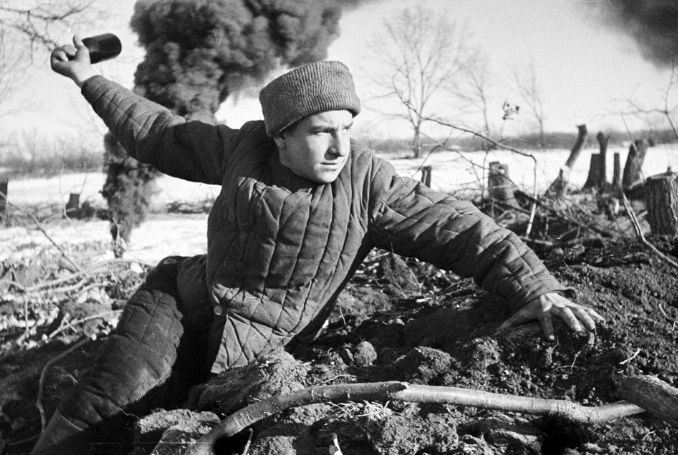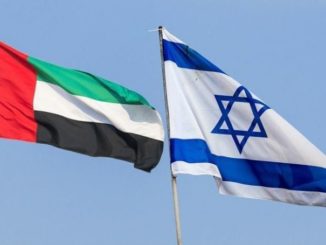
(Wealth and Power: Global Transformation and Destruction 1492 to 2020 Part 2: Transformation to Urban Industrial Capitalism and the path to Global War)
This is a history blog… Unlike any history, you have been taught. The blog will set out to explain why the world we all live in, is as it is today. Sign in here and you receive a short weekly history on colonialism, racism, and very much more.
The period from 1945 to the present day is where historians can find a huge volume of written material, and some readers may be familiar with the histories covered. I cover this period in the blog called Wealth and Power: Global Transformation and Destruction in over 20 blog posts over a series of weeks. My perspective on this period looks for a common line of activity down the centuries.
My primary concern in examining this period, and others, has been to understand the changes and continuities as we move through history. I examine the freeing of the colonies and the immediate civil wars in Algeria, Kenya, Malaya, Vietnam. The consequences for Arabic Mesopotamia and the Chinese Revolution in 1949.
I spend time looking at the USA and the beginnings of world power after
1945, particularly the chaos throughout Europe and Japan, the emergence of a new global architecture and US dominance. The blogs also look at how the German and Japanese economies were restarted, with a focus on the new development banks KFW in Germany and DBJ in Japan. I discuss the rationale for the McCarthyism and the Korean and Vietnamese Wars from 1952 to 1972.
I examine the USA as she establishes herself as the world power and creates a widespread group of global infrastructure from the United Nations to the IMF to rule the world. She also provides the means for the resuscitation of the German and Japanese economies; begins new wars with Korea and Vietnam, and internally, within the USA, makes war on socialism under the rubric of McCarthyism. The USA begins to act within the world with real hegemonic power.
During the 1939-45 war, the USA had made a friend of the USSR. After its end, she changed tactics and fought socialism in the USA and around the world. Independence struggles across Asia; Africa and the new Middle East were all seen in this light. I provide evidence of the wide-scale reach of America’s secret institutions to control developments across the world.
The Global Economic Struggle: Wealth and Power and the State in 20th and 21st Century
- A framework of the world economy in the 21st century 1945-1971
- Economic recovery in Europe: The European Union and the welfare states
- Tax havens and the world’s rich;
- The trades unions, radical publishers and the European Union before neoliberalism
- Economic normality the market and neoliberalism 1971-2020
- Gold, dollars and world trade;
- Monopoly and oligopoly and inequality
I place the period between 1945-72 in the wider perspective of the Cold War and the growth and development of capitalism. I examine how dominance is maintained through the system of the gold standard and then the world of dollar exchange. After 1971, the USA, and the rest of the world’s economies revert to the 19th century global methods of giving primacy to the ‘market’ as a matter of principle. As before, this policy leads to the growth of new monopolies, further social inequalities, followed by global market insecurities for the system.
The Growth and Growth of China 1949-2020: The New Contender State
China’s long history
- Why was China not divided up like the continent of Africa or the Middle East?
- China between 1900 and 1949
- Chinese economic growth 1949-2020
- Chinese foreign policy and the rest of the world
The renewed country of China rises like a phoenix from the dark clouds of history. By the turn of the century in 2000, China appears as the new competitor for world dominance. I follow this rise as I try to explain just how different this new contender is from previous aspirants. In particular, I discuss how China learnt from the failure of the USSR and the US invasion in Iraq, Germany and the USSR.
The Struggle for World Supremacy 1899 to 2020:
- The creation of Israel: some consequences
- The old colonies, development and underdevelopment
- Nigeria and the Congo
- The Middle East and the War on Terror
- The Afghan wars and empire
- Jihad and the rise of radical Islamic ideas
I look at the complexity and contradictions faced by the US in her struggle to maintain her position of world dominance. Israel, Nigeria and the Congo in their different ways illustrate this complexity. The USA has become stuck in unwinnable wars: in the Middle East, Afghanistan and against jihadists that she barely understands. The forms and numbers of peoples resisting American dominance are increasing all the time.
- American global ideology
- The Russian Revolution and the threat of socialism
- The most powerful nation in the world
- American and China and the struggle for global hegemony
In 2020, the USA remains the most formidable power in the world. I illustrate America’s armed might. At the same, as she attempts to control the world through ever wider sanctions on the trading of major nations.
They react to this only by finding new means to trade amongst themselves which begins to undermine America’s global power. The struggle between China and the USA remains the key element of the world’s political power.
– Dr. Roger Van Zwanenberg is the founder and chairman of the Pluto Educational Trust; a registered charity in the UK. He is also the Managing Director of Pluto Journals, a small company publishing 21 international scholarly journals. He contributed this article to The Palestine Chronicle.







